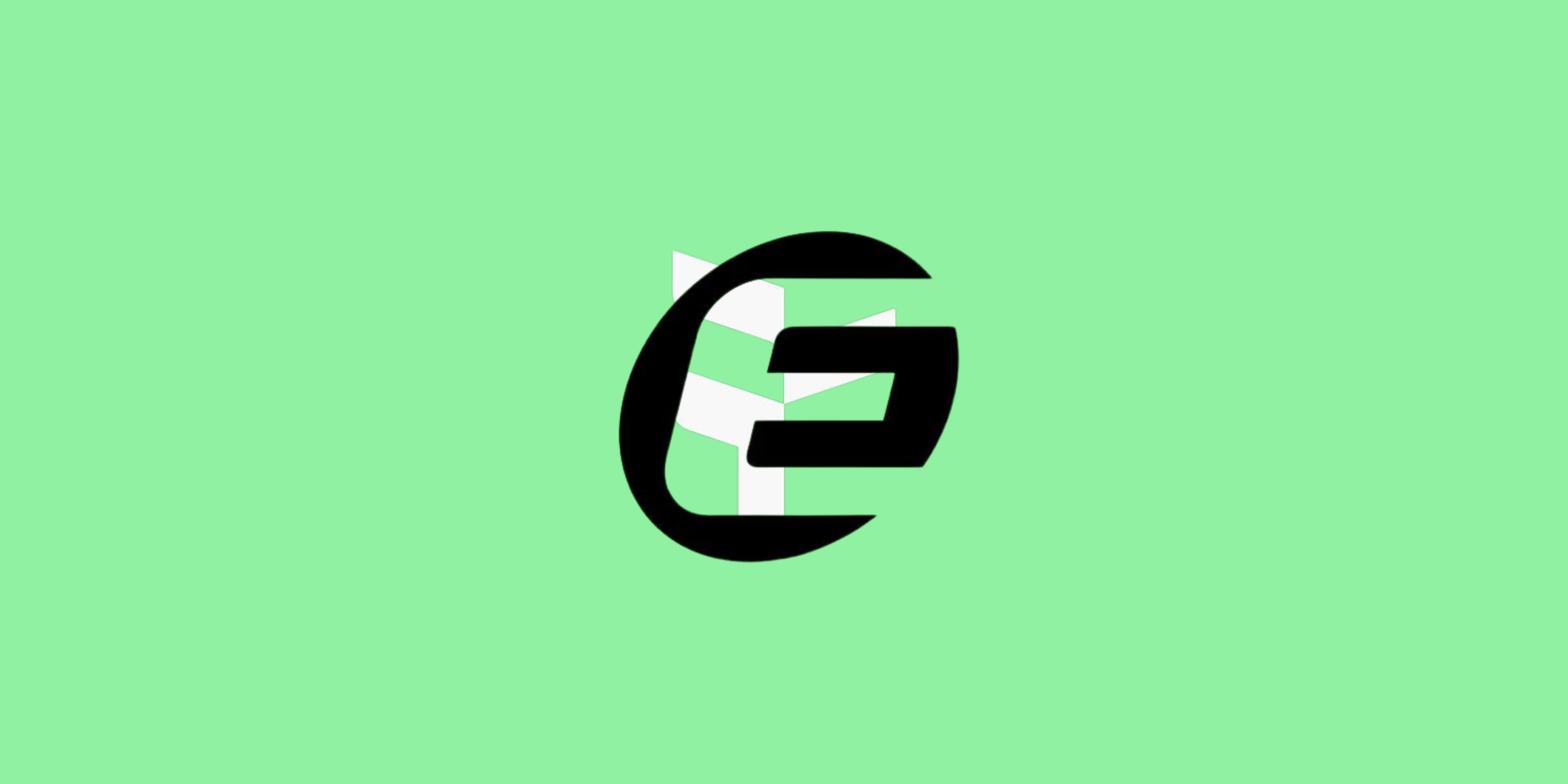Introduction
Tria (formerly Threely.io) represents a significant innovation within the Web3 space as the first consumer-focused chain-abstraction AVS Layer 2 (L2). Tria aims to streamline the Web3 experience by allowing users to manage and interact with assets and decentralized applications (dApps) across over 300 chains using intuitive, Gmail-like identifiers. This review examines Tria’s technical framework, innovation, architecture, code quality, product roadmap, usability, and team.
Innovation
Tria introduces a novel approach to blockchain interaction by aggregating accounts and assets across both EVM and non-EVM chains, facilitated by user-friendly social logins. This innovation simplifies the onboarding process and enhances user engagement through dynamic AI-driven interactions via popular messaging platforms like WhatsApp and Telegram. Tria’s permissionless gas abstraction and liquidity unification marketplace, BestPath, utilizes a Pareto-optimal incentive scheme, allowing operators to compete for rewards by implementing efficient gas and liquidity strategies. The integration of Threshold Signature Schemes (TSS) and zero-knowledge (ZK) credentials within a modular and interoperable framework further distinguishes Tria as a forward-thinking solution in the decentralized identity space.
Architecture
The architecture of Tria’s Unchained AVS L2 is highly modular and designed for seamless interoperability. It features a tripartite structure:
- Threshold Signature Schemes (TSS): Enable secure, distributed execution of wallet actions.
- Heuristic Logic and Action Validation (HLA) via EigenLayer: Ensures verifiable computation consensus and the efficient execution of BestPath AVS results.
- Dual-Execution Environment: Integrates Ethereum Virtual Machine (EVM) with Cosmos SDK, allowing the use of advanced features like decentralized identities (DIDs), in-wallet ZK credential attestations, and multi-chain interoperability.
This layered architecture not only supports the current AVS L2 environment but also provides a clear pathway for Tria’s evolution into an L1 built on the Cosmos SDK using Berachain’s Polaris Framework.
Code Quality
Tria’s codebase emphasizes security and modularity, leveraging established cryptographic principles like TSS and ZK proofs. The use of EigenLayer for consensus mechanisms underlines Tria’s commitment to secure and verifiable operations. The architecture’s flexibility, allowing for both EVM and Cosmos SDK compatibility, reflects a well-thought-out design that prioritizes both present needs and future scalability. However, as the project is still in an invite-only phase, further community audits and open-source contributions will be crucial for continued codebase refinement.
Tria Product Roadmap
Tria’s roadmap is ambitious, with the upcoming launch of the Unchained Mainnet in Q3 positioned as a major milestone. The transition from an L2 to a fully-fledged L1, underpinned by the Cosmos SDK, is planned for the future, indicating a long-term vision for scalability and ecosystem integration. Additionally, the development of user-facing applications, SDKs for onboarding, and text-based engagement engines aligns with Tria’s goal to enhance usability across diverse user groups and dApps.
Usability
Tria’s usability is designed with the end user in mind, focusing on simplifying complex blockchain interactions through familiar interfaces like email-style logins and social media accounts. The platform’s ability to aggregate and manage assets across multiple chains under a single account enhances accessibility, while features like gas abstraction and liquidity unification reduce the friction typically associated with cross-chain transactions. The integration of AI-driven engagement further personalizes the user experience, making Tria not just a technical solution but a consumer-friendly product.
Team
The Tria team, though relatively new, has demonstrated strong expertise in blockchain technology, particularly in the areas of decentralized identity, cross-chain interoperability, and modular architecture. Their backing by reputable ecosystems like Polygon, Monad, and Berachain speaks to their credibility and potential for making significant contributions to the Web3 landscape. The team’s focus on collaboration and innovation positions Tria to potentially lead the way in consumer-centric blockchain solutions.
Conclusion
Tria is pioneering in the realm of consumer-focused blockchain solutions with its chain-abstraction AVS L2, providing a user-friendly, secure, and scalable platform that bridges the gap between EVM and non-EVM ecosystems. Its innovative architecture, grounded in strong cryptographic principles and modular design, offers a promising foundation for future development. While the project is still evolving, its clear roadmap and focus on usability suggest it has the potential to become a key player in the decentralized identity and blockchain interoperability space.
| Initial Screening | |||
| Keep researching | |||
| Does this project need to use blockchain technology? | Yes | ||
| Can this project be realized? | Yes | ||
| Is there a viable use case for this project? | Yes | ||
| Is the project protected from commonly known attacks? | Yes | ||
| Are there no careless errors in the whitepaper? | Yes | ||
| Project Technology Score | |||
| Description | Scorecard | ||
| Innovation (Out Of 11) | 8 | ||
| How have similar projects performed? | Medium | 1 | |
| Are there too many innovations? | Regular | 2 | |
| Percentage of crypto users that will use the project? | 6%-10% | 3 | |
| Is the project unique? | Yes | 2 | |
| Architecture (Out of 12) | 11 | ||
| Overall feeling after reading whitepaper? | Good | 2 | |
| Resistance to possible attacks? | Good | 2 | |
| Complexity of the architecture? | Not too Complex | 2 | |
| Time taken to understand the architecture? | 20-50 min | 1 | |
| Overall feeling about the architecture after deeper research? | Good | 4 | |
| Has the project been hacked? | No | 0 | |
| Code Quality (out of 15) | 13 | ||
| Is the project open source? | Yes | 2 | |
| Does the project use good code like C,C++, Rust, Erlang, Ruby, etc? | Yes | 2 | |
| Could the project use better programming languages? | No | 0 | |
| Github number of lines? | More than 10K | 1 | |
| Github commits per month? | More than 10 | 2 | |
| What is the quality of the code? | Good | 2 | |
| How well is the code commented? | Outstanding | 2 | |
| Overall quality of the test coverage? | Good | 1 | |
| Overall quality of the maintainability index? | Good | 1 | |
| When Mainnet (out of 5) | 5 | ||
| When does the mainnet come out? | Mainnet | 5 | |
| Usability for Infrastructure Projects (out of 5) | 5 | ||
| Is it easy to use for the end customer? | Yes | 5 | |
| Team (out of 7) | 5 | ||
| Number of active developers? | 5+ | 2 | |
| Developers average Git Background? | Intermediate | 1 | |
| Developers coding style? | Solid | 2 | |
| Total Score (out of 55) | 47 | ||
| Percentage Score | |||
| Innovation | 14.55% | ||
| Architecture | 20.00% | ||
| Code Quality | 23.64% | ||
| Mainnet | 9.09% | ||
| Usability | 9.09% | ||
| Team | 9.09% | ||
| Total | 85.45% |





